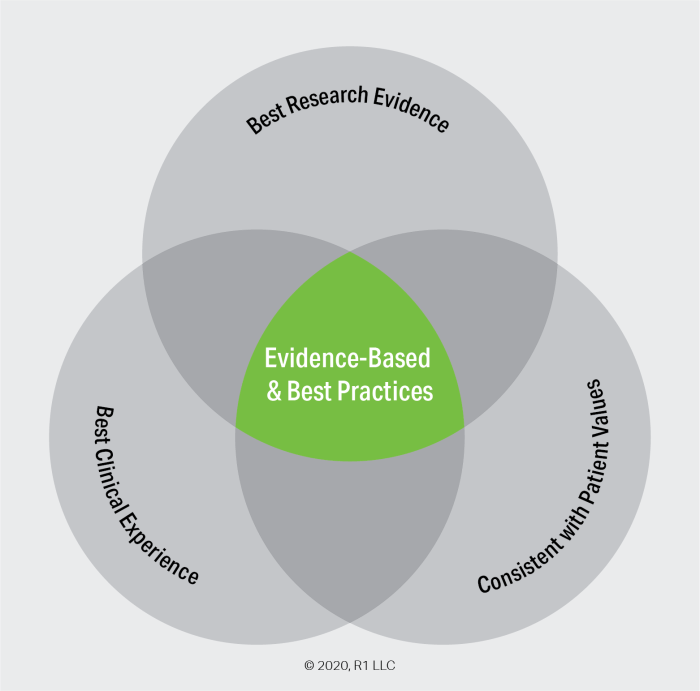SUD treatment – Substance Use Disorder (SUD) treatment is a multifaceted approach to addressing the complex challenges associated with addiction. This comprehensive guide delves into the intricacies of SUD, exploring evidence-based treatment modalities, recovery stages, and specialized care for diverse populations.
From cognitive-behavioral therapy to medication-assisted treatment, we unravel the principles and goals of each approach. We also examine the unique needs of adolescents, women, and other specific populations, highlighting the importance of tailored interventions.
Substance Use Disorder (SUD) Overview
Substance Use Disorder (SUD) refers to a pattern of problematic use of drugs or alcohol that leads to significant impairment or distress. It is characterized by an inability to control substance use, despite negative consequences, and a preoccupation with obtaining and using the substance.
SUD is a global problem, affecting millions of individuals and their families. It has a significant impact on physical and mental health, relationships, and productivity.
Types of SUDs
There are various types of SUDs, each associated with a specific substance or group of substances. Some common types include:
- Alcohol Use Disorder
- Opioid Use Disorder
- Cannabis Use Disorder
- Stimulant Use Disorder
- Hallucinogen Use Disorder
SUD Treatment Modalities
Effective SUD treatment involves a combination of evidence-based approaches tailored to the individual’s needs. These approaches aim to reduce substance use, improve functioning, and prevent relapse.
Cognitive-Behavioral Therapy (CBT)
CBT focuses on identifying and changing negative thoughts and behaviors related to substance use. It helps individuals understand the triggers and consequences of their behavior and develop coping mechanisms.
Contingency Management

Contingency management uses rewards and incentives to reinforce positive behaviors, such as abstinence or participation in treatment. It can help individuals stay motivated and engaged in recovery.
Medication-Assisted Treatment (MAT)
MAT involves the use of medications, such as methadone or buprenorphine, to reduce cravings and withdrawal symptoms. It can help stabilize individuals and support their recovery efforts.
Stages of SUD Recovery
SUD recovery is a complex process that involves multiple stages. Each stage presents unique challenges and milestones.
Pre-Contemplation
Individuals in this stage are not yet ready to change their substance use behavior. They may deny the problem or minimize its severity.
Contemplation
Individuals begin to consider the negative consequences of their substance use and express a desire to change.
Preparation
Individuals make a decision to change and begin taking steps to reduce their substance use.
Action
Individuals actively engage in treatment and make significant changes to their lifestyle to maintain sobriety.
Maintenance
Individuals continue to work on their recovery, manage triggers, and prevent relapse.
SUD Treatment Settings
SUD treatment can be provided in various settings, each with its own advantages and disadvantages.
Inpatient Treatment
Inpatient treatment provides a structured and supervised environment for individuals with severe SUDs. It offers 24/7 care and support.
Outpatient Treatment
Outpatient treatment allows individuals to continue with their daily lives while attending therapy and support groups. It provides flexibility and can be more cost-effective.
Residential Treatment Facilities

Residential treatment facilities provide a sober living environment for individuals transitioning from inpatient treatment or seeking long-term support.
SUD Treatment for Specific Populations

Certain populations may have unique SUD treatment needs.
Adolescents
SUD in adolescents requires specialized treatment approaches that address developmental and social factors.
Women
Women with SUDs often face additional challenges, such as trauma and childcare responsibilities, which need to be considered in treatment.
SUD Prevention and Education
Prevention and education play a crucial role in reducing the prevalence of SUDs.
Prevention Strategies
Prevention strategies aim to reduce the risk of SUDs by targeting individuals, families, and communities. They include:
- Education about the risks and consequences of substance use
- Skills training for resisting peer pressure and making healthy choices
- Community programs that promote healthy lifestyles and reduce access to substances
Education and Awareness Campaigns
Education and awareness campaigns increase public knowledge about SUDs and reduce stigma. They help individuals recognize the signs and symptoms of SUDs and seek help when needed.
SUD Research and Advancements: SUD Treatment
Ongoing research and advancements in SUD treatment are essential for improving outcomes.
Current Trends
Current research trends focus on:
- Developing new medications and therapies
- Understanding the genetic and neurobiological basis of SUDs
- Improving access to and quality of treatment
Role of Technology, SUD treatment
Technology is playing an increasing role in SUD treatment and recovery. It provides tools for:
- Monitoring substance use
- Connecting individuals with support groups and resources
- Providing virtual therapy and counseling
Final Summary
SUD treatment is a journey of recovery, resilience, and empowerment. By understanding the stages of recovery, the challenges faced, and the strategies for relapse prevention, individuals can navigate the path to sobriety with confidence. Ongoing research and advancements continue to shape the field, offering hope for improved outcomes and a brighter future for those affected by SUD.
FAQ Resource
What is the goal of SUD treatment?
The primary goal of SUD treatment is to help individuals achieve and maintain abstinence from substance use, improve their overall health and well-being, and restore their social and occupational functioning.
What are the different types of SUD treatment settings?
SUD treatment can be provided in various settings, including inpatient facilities, outpatient clinics, residential treatment centers, and sober living homes. The appropriate setting depends on the individual’s needs and severity of their addiction.
How long does SUD treatment typically last?
The duration of SUD treatment varies depending on the individual’s needs and progress. Some programs offer short-term interventions, while others provide long-term support and monitoring.